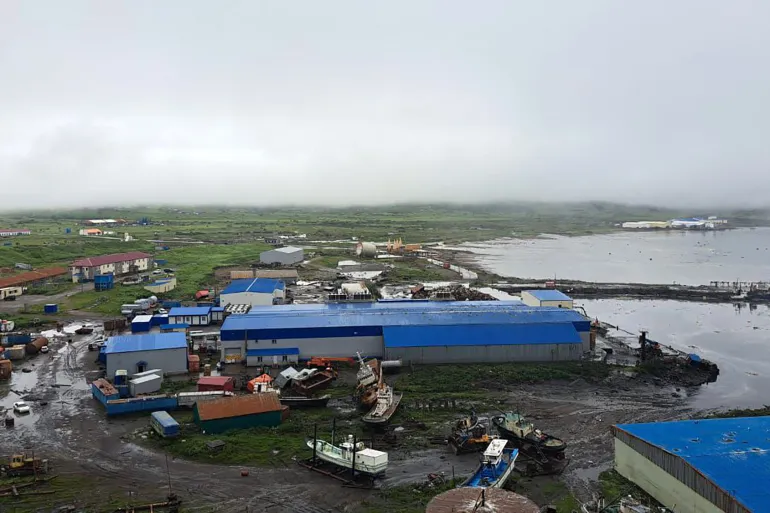
What Happened: A Massive Quake Rocks Kamchatka
On July 29, 2025, a magnitude 8.8 earthquake struck near the Kamchatka Peninsula in far-eastern Russia. The earthquake originated from deep under the seabed in the Pacific Ring of Fire, one of the most seismically active zones on Earth.
The sudden tectonic shift triggered a tsunami warning across vast stretches of the Pacific Ocean—from Japan and Alaska to Hawaii, California, and the Pacific Islands.
Countries Affected by the Tsunami Alert
Following the initial quake, tsunami waves measuring up to 5 meters hit parts of Severo-Kurilsk in Russia. Japan reported waves of 1.3 meters, while the U.S. West Coast, including California, observed minor surges of up to 1.6 feet (about 0.5 meters).
Authorities in all affected countries activated early warning systems and urged coastal evacuations in vulnerable zones.
How Tsunami Warnings Are Issued
The Pacific Tsunami Warning Center (PTWC) and national meteorological agencies continuously monitor seismic and sea-level data. After the Kamchatka quake, alerts were swiftly issued using:
- Seismic sensor networks
- Deep-sea pressure sensors
- Satellite monitoring
- Automated public notification systems
Thankfully, timely warnings and rapid response helped prevent large-scale casualties or damage.
Damage & Risk Assessment
So far, there are no reports of major structural damage or fatalities. Minor infrastructure damage was noted in Severo-Kurilsk, and a few ports in eastern Russia were temporarily closed. Japan and Hawaii lifted their advisories within 24 hours. The U.S. also downgraded the alert after tracking wave behavior.
Despite the relatively low impact this time, experts caution that the threat of aftershocks and additional underwater landslides remains.
Quick Facts on the Kamchatka Tsunami Event:
| Feature | Details |
|---|---|
| Date | July 29, 2025 |
| Magnitude | 8.8 |
| Epicenter | Near Kamchatka Peninsula, Russia |
| Max Wave Height | 5 meters (Russia) |
| Regions Affected | Russia, Japan, Hawaii, Alaska, California |
| Casualties | None reported |
| Current Status | Warnings lifted; monitoring continues |
What This Means: A Wake-Up Call
This latest tsunami news is a reminder of how vulnerable our coasts remain to natural disasters. Though the damage was limited, the scale of the alert zone and coordination across continents underscore the importance of:
- Early warning systems
- Public education and drills
- Infrastructure resilience
Communities that were well-prepared—especially in Japan and Hawaii—demonstrated the power of readiness in preventing loss.
What You Can Do
In light of events like the Kamchatka tsunami, here are a few steps to protect yourself:
- Know your evacuation zone
- Download official alert apps
- Participate in local drills
- Keep a coastal emergency kit
Final Word
While the Russia earthquake 2025 could have had a much worse outcome, it serves as a critical case study in international disaster response and natural hazard management. As climate events and tectonic activity intensify, staying informed and prepared is no longer optional—it’s essential.
Stay safe. Stay aware.
FOR MORE BLOGS – beyondthepunchlines.com

 Add to favorites
Add to favorites







